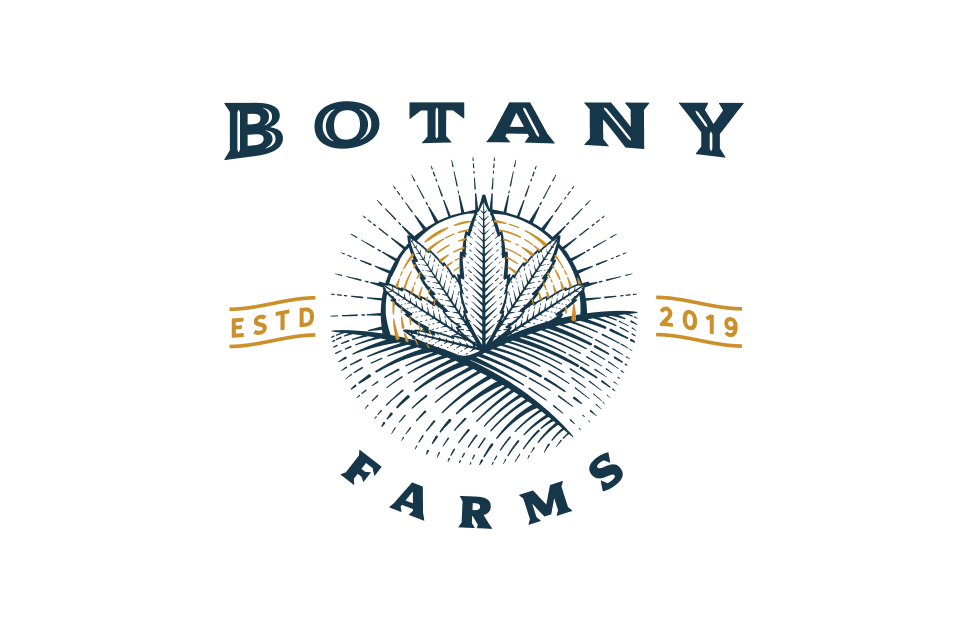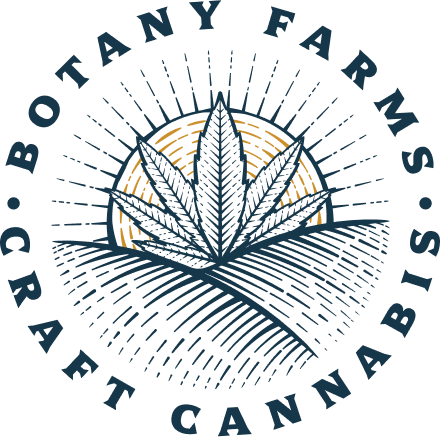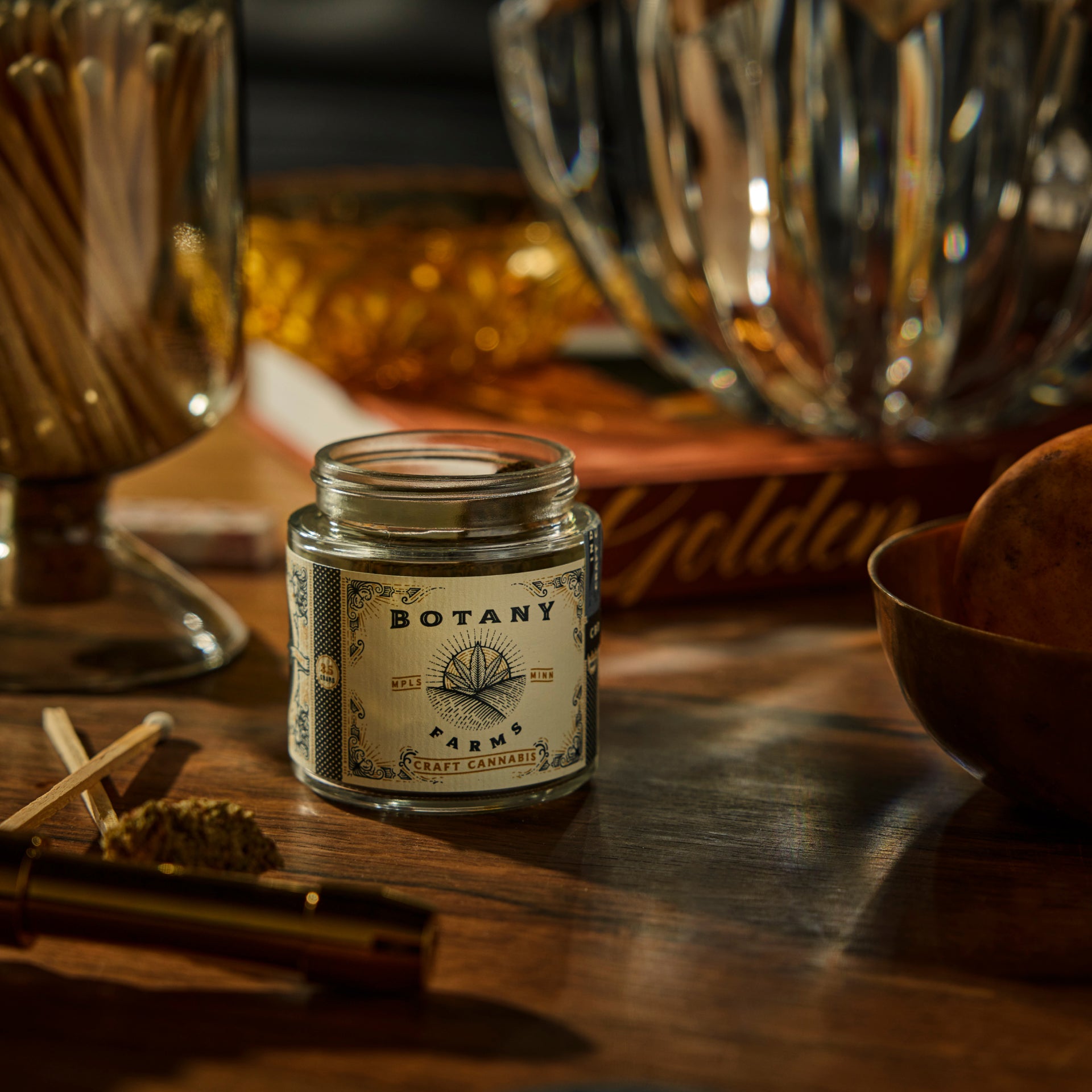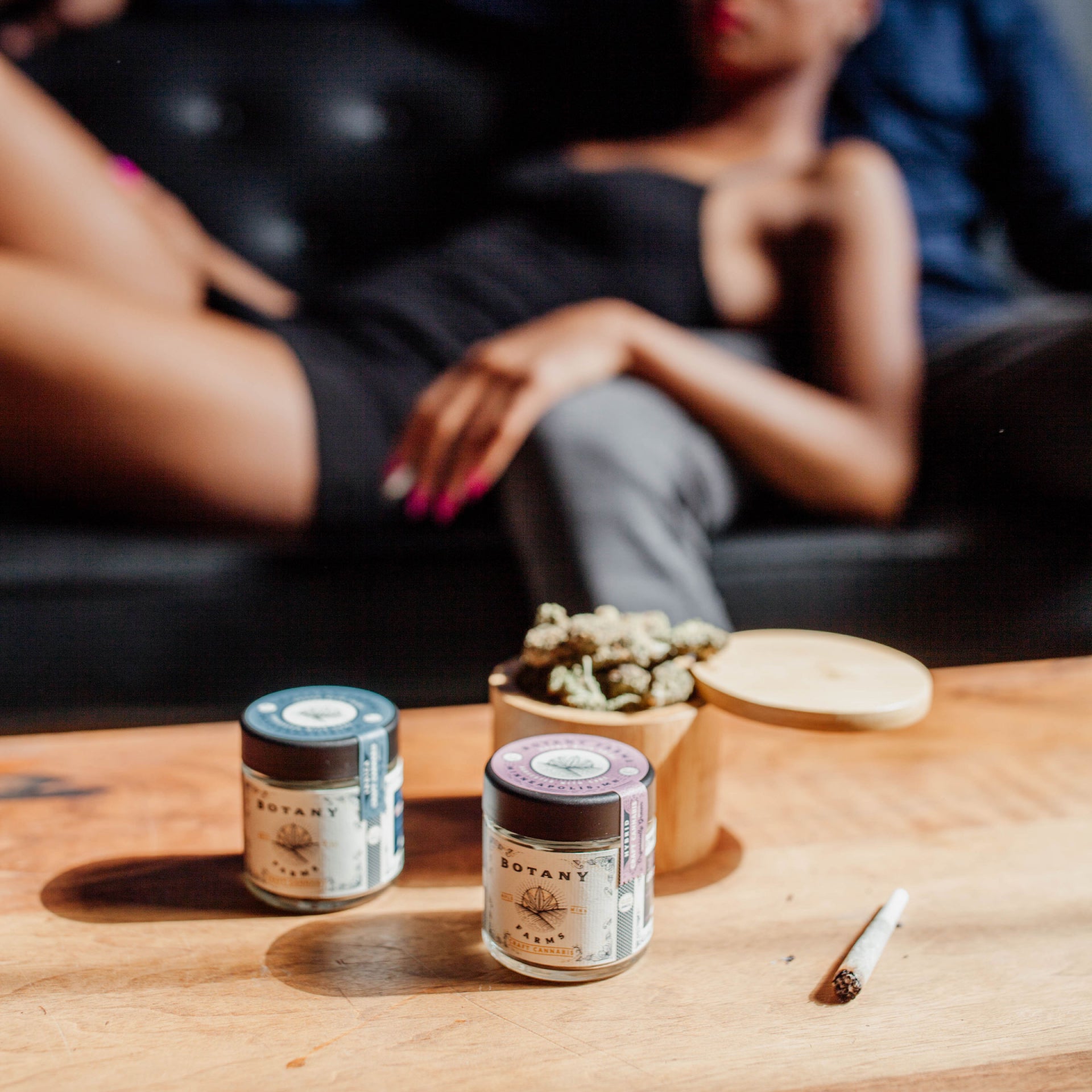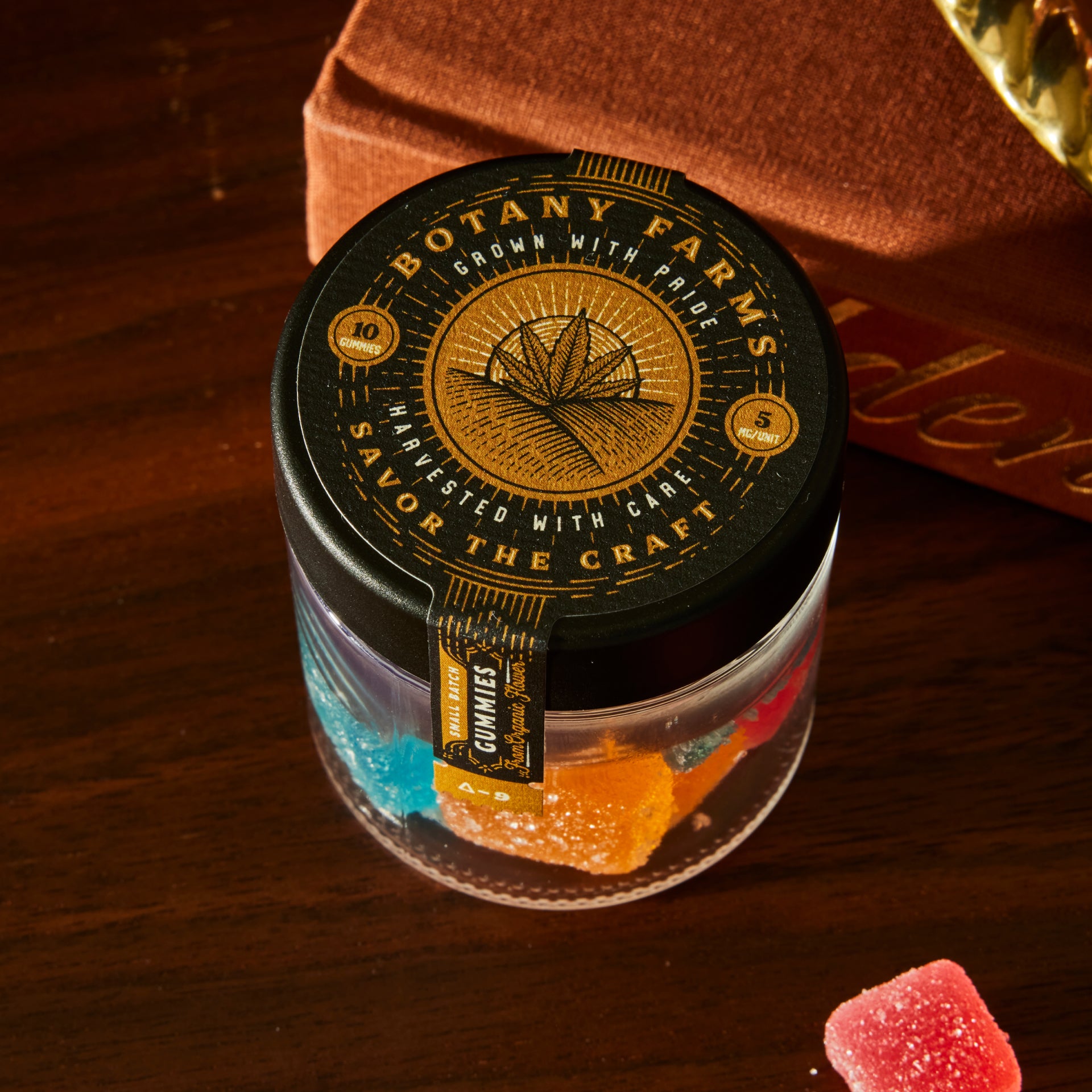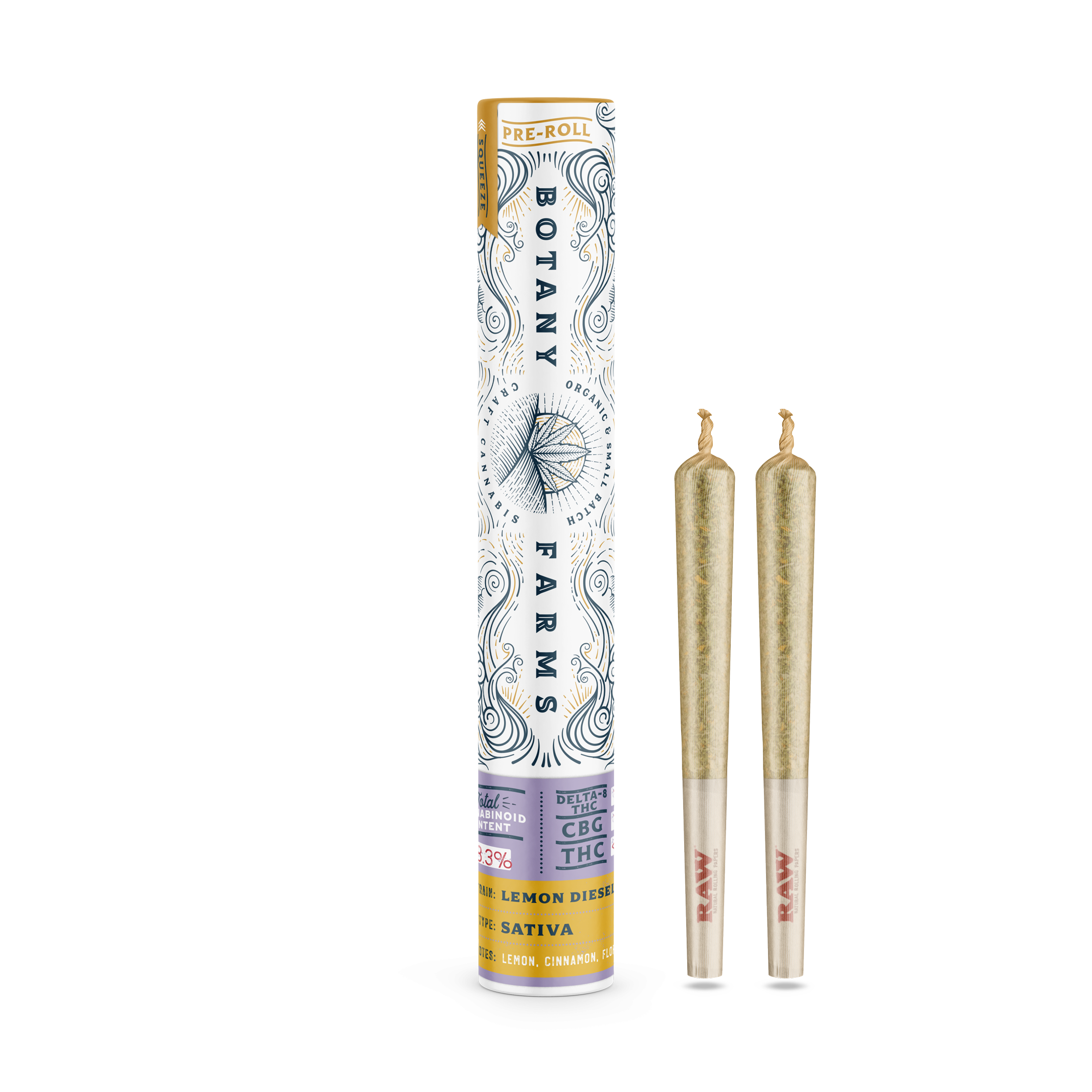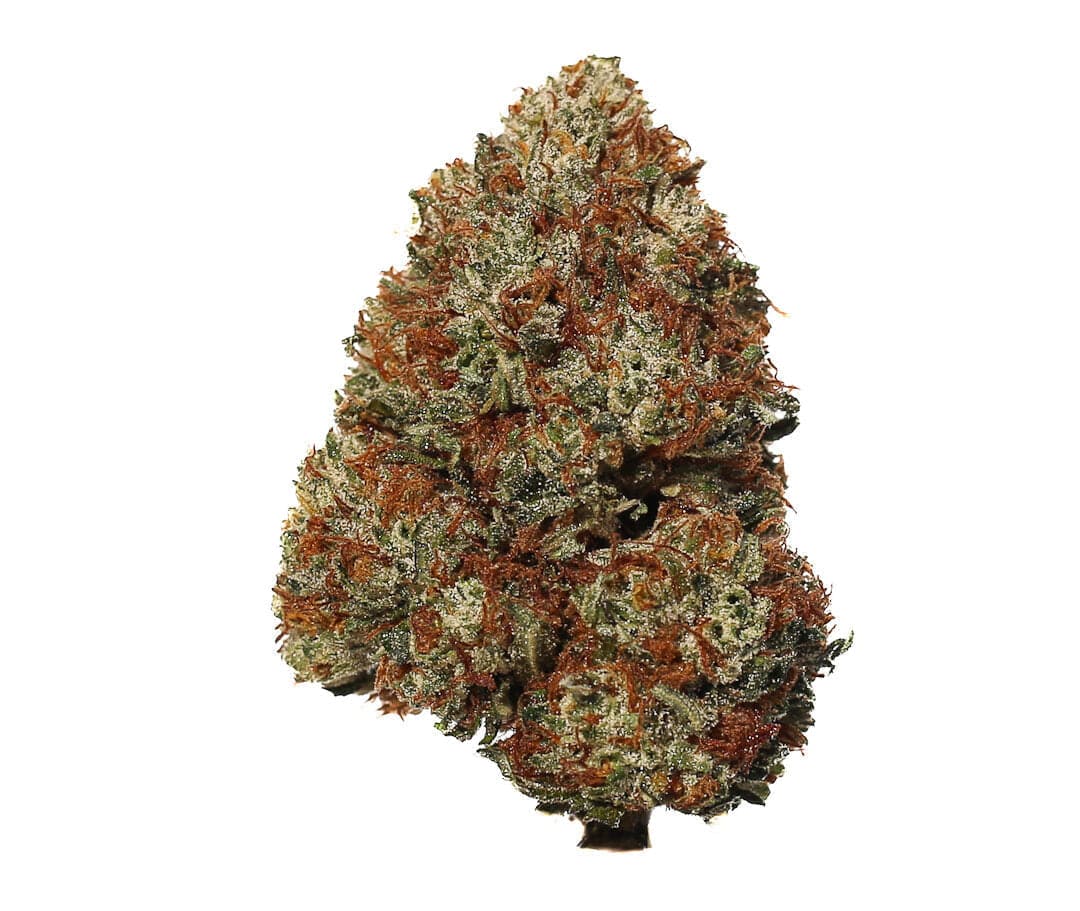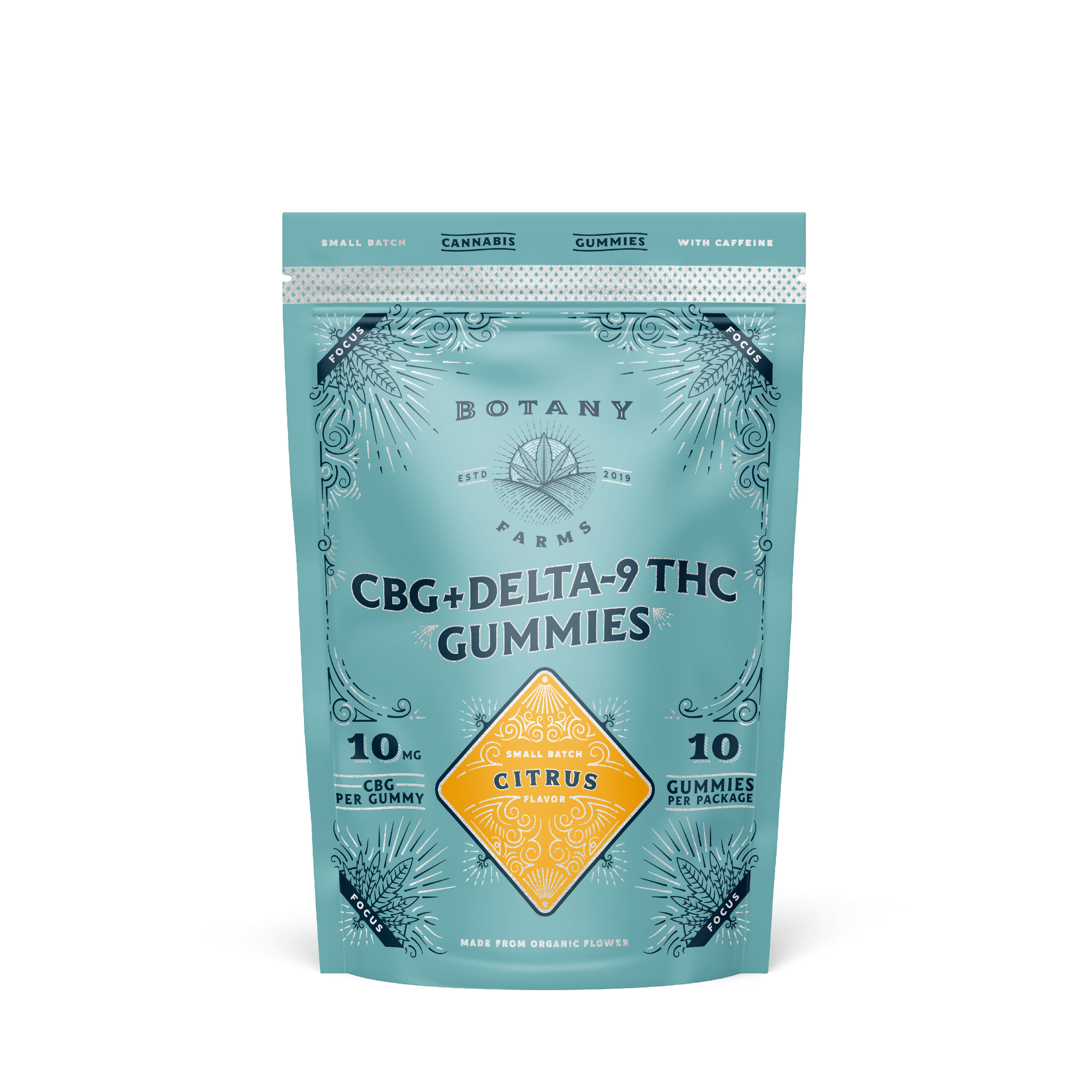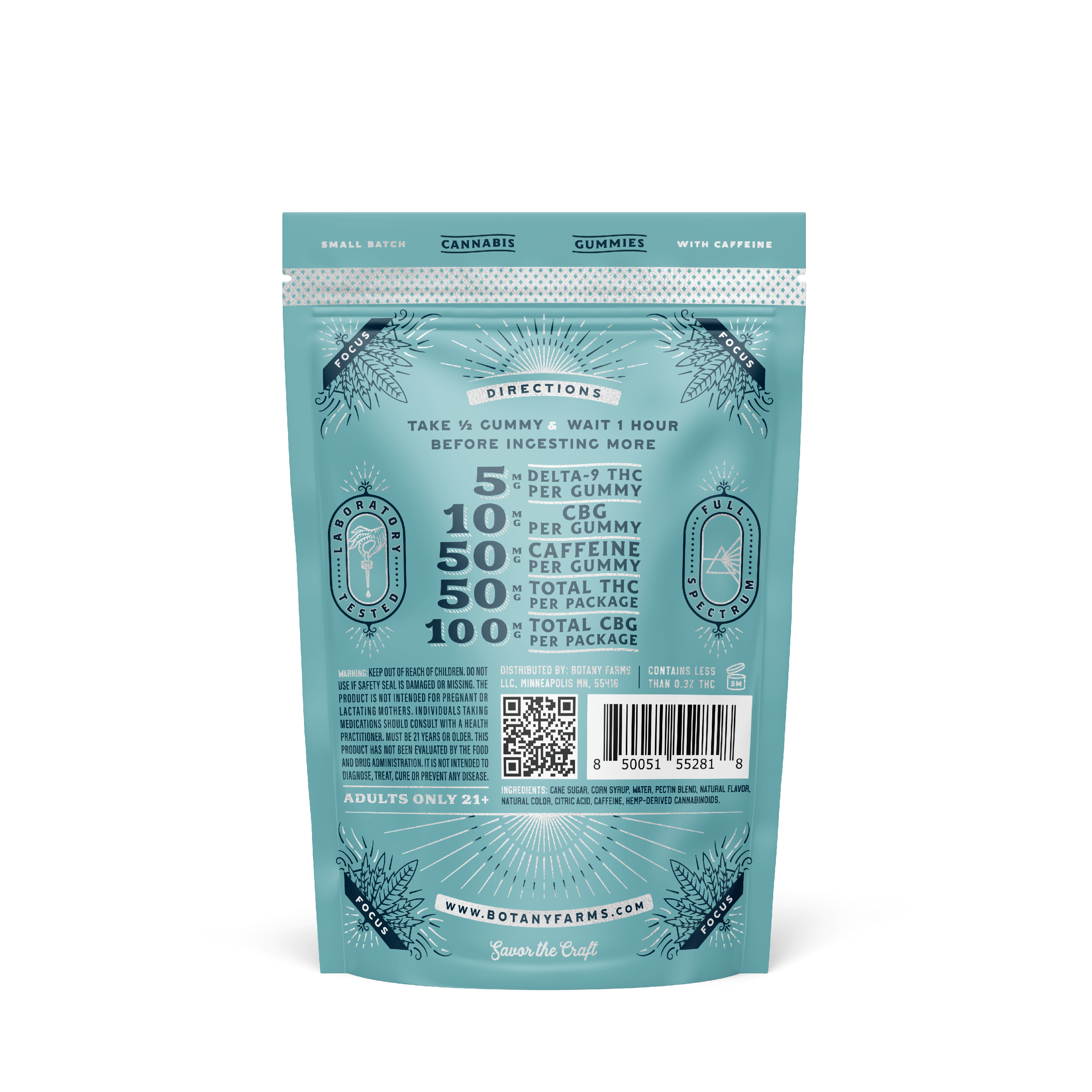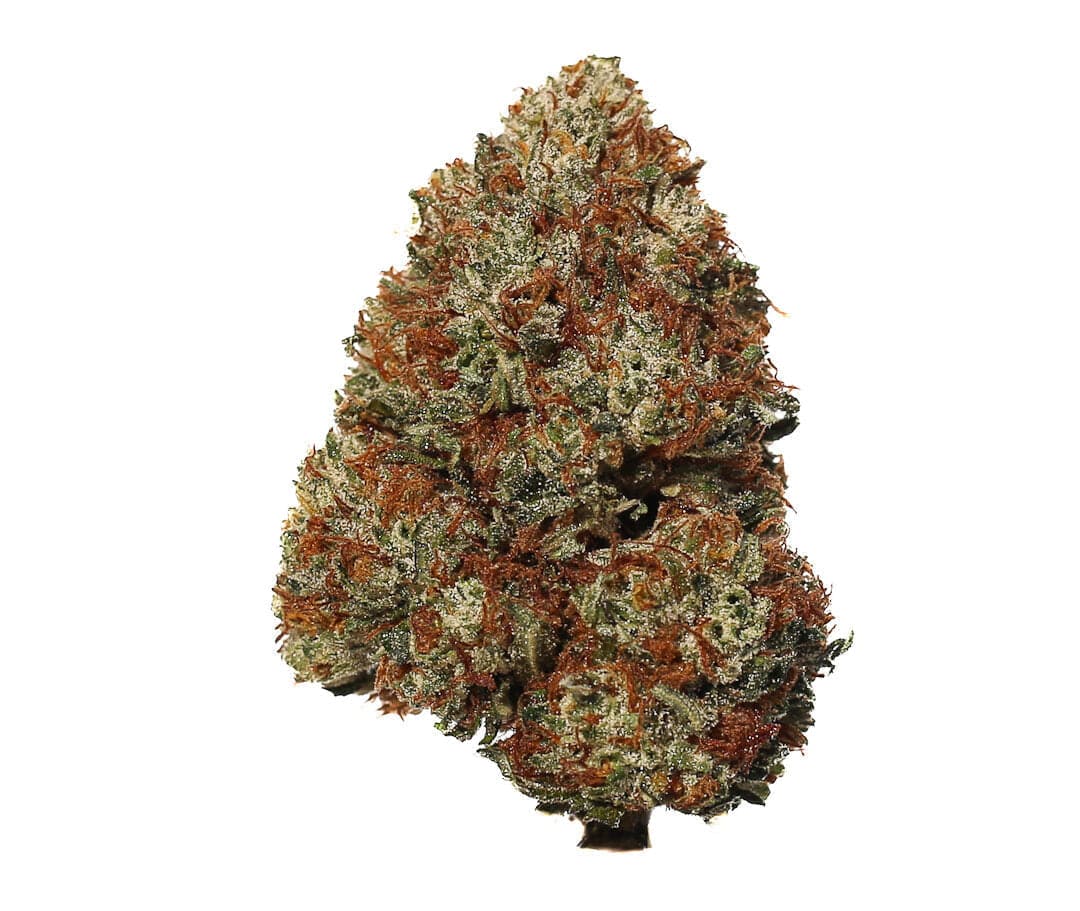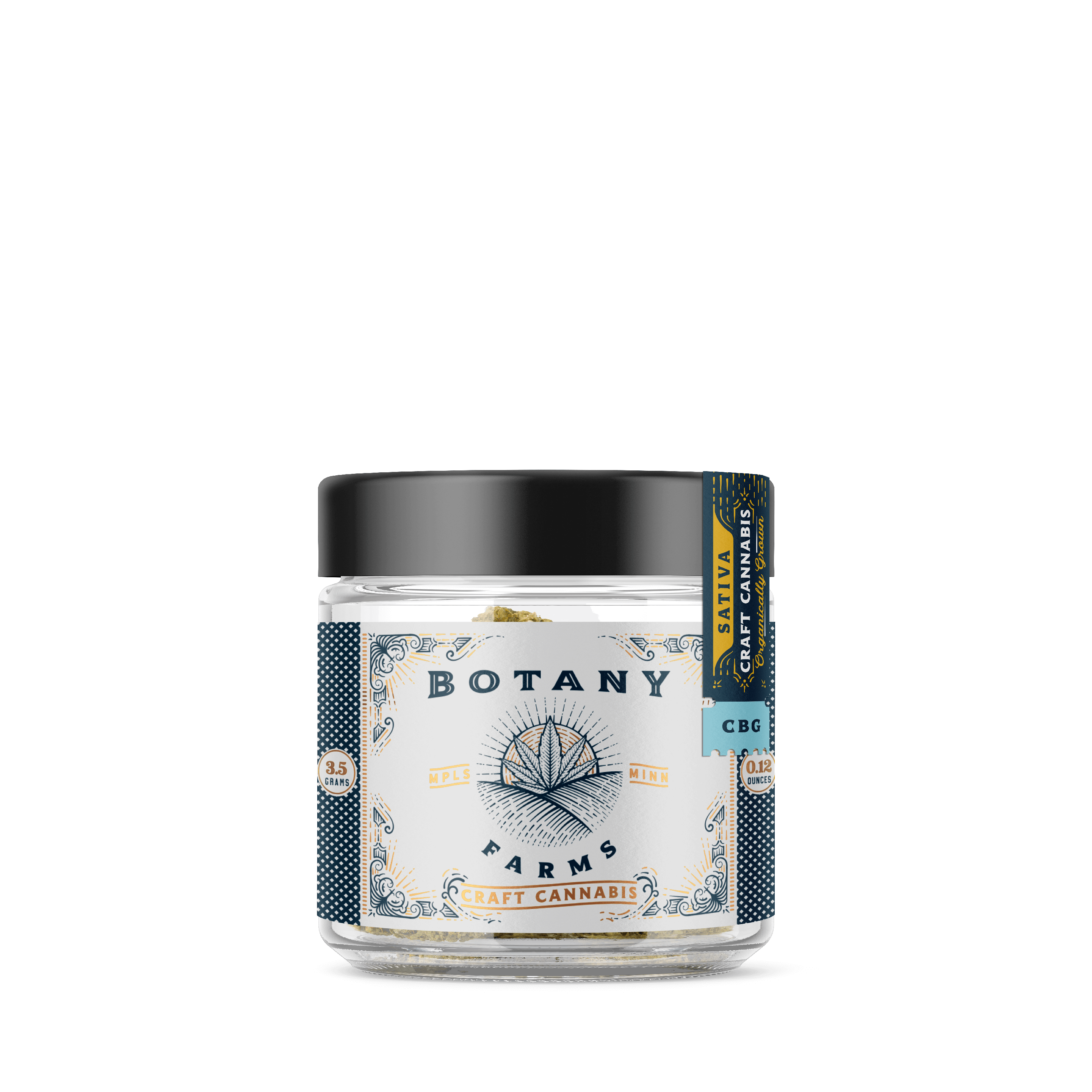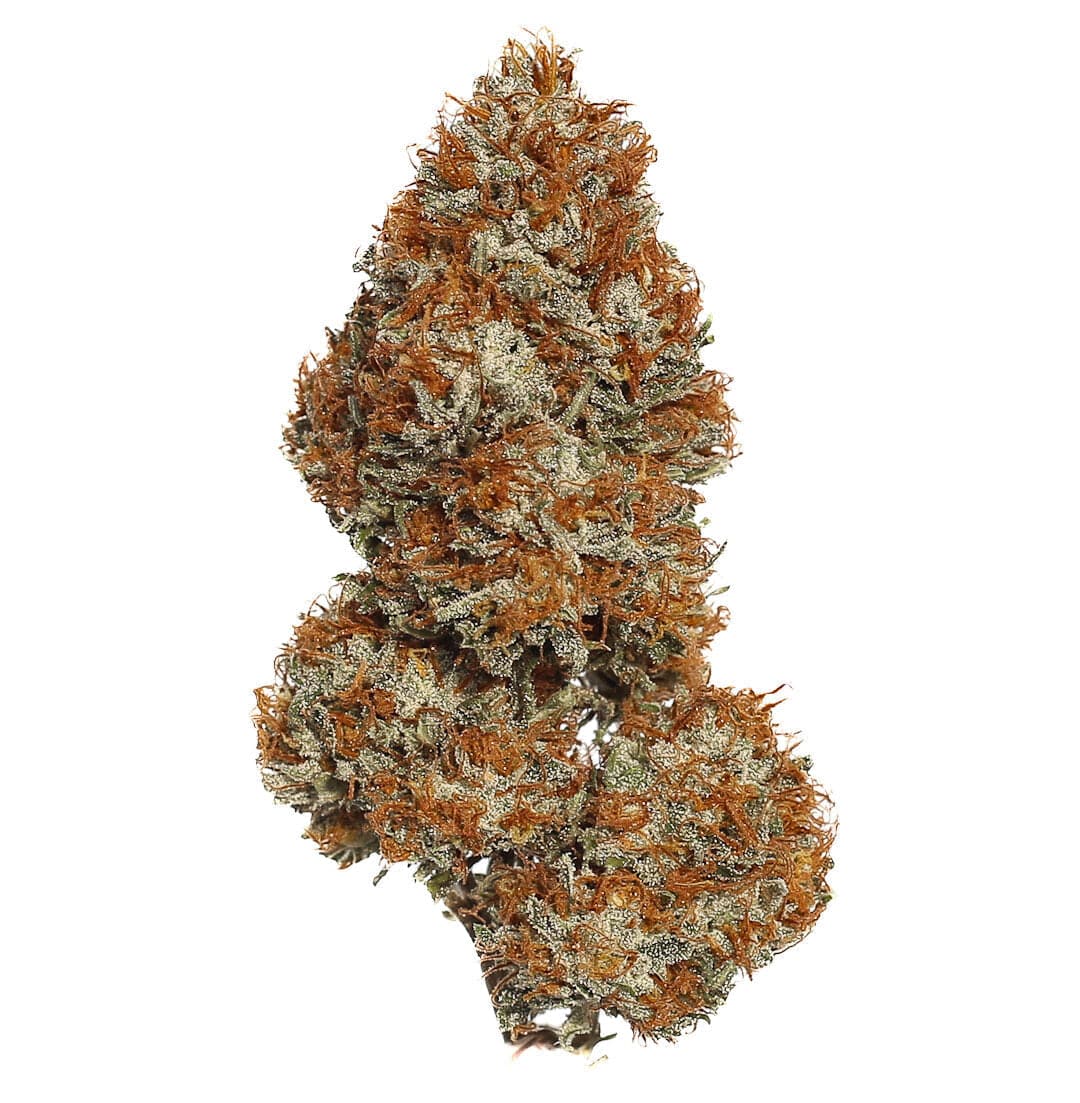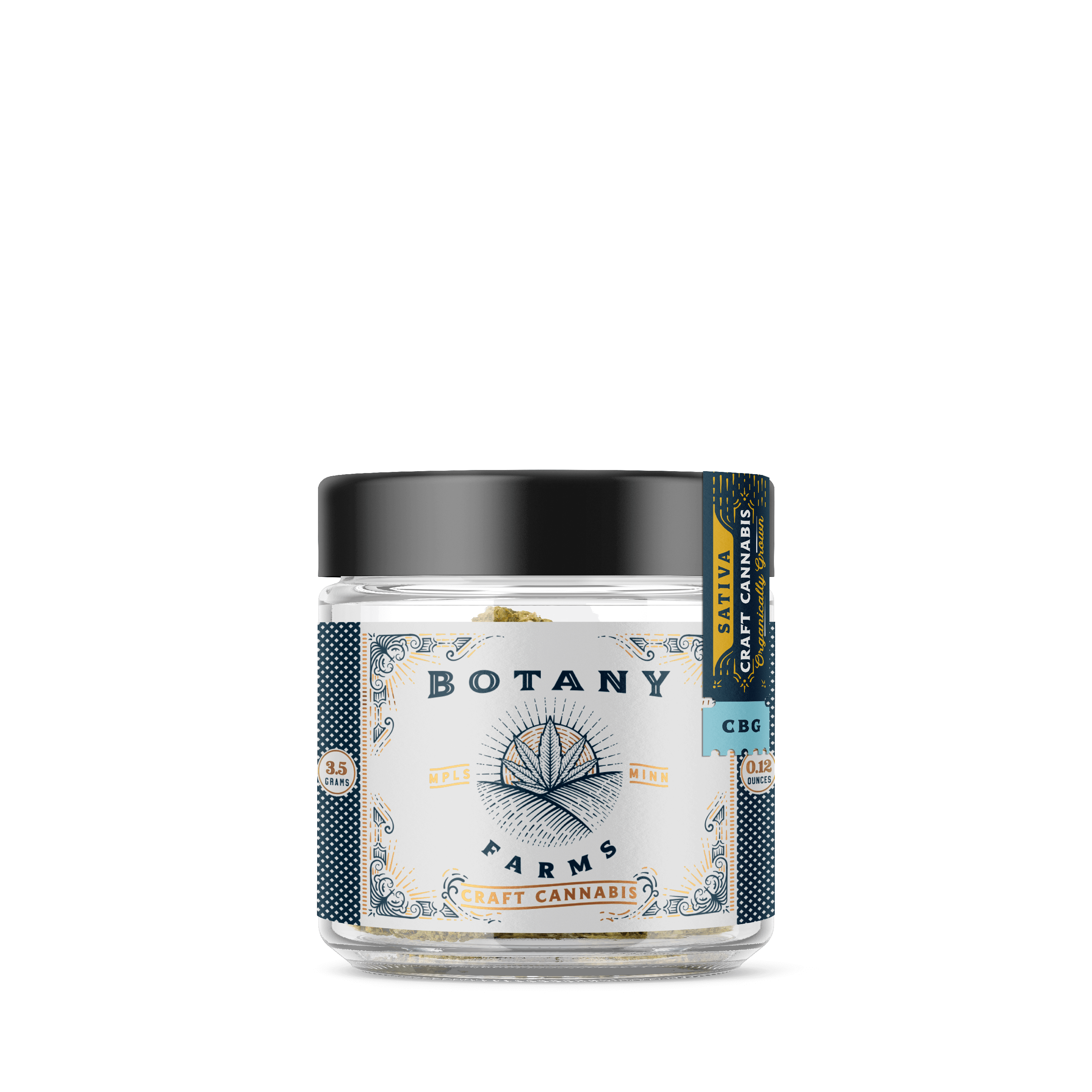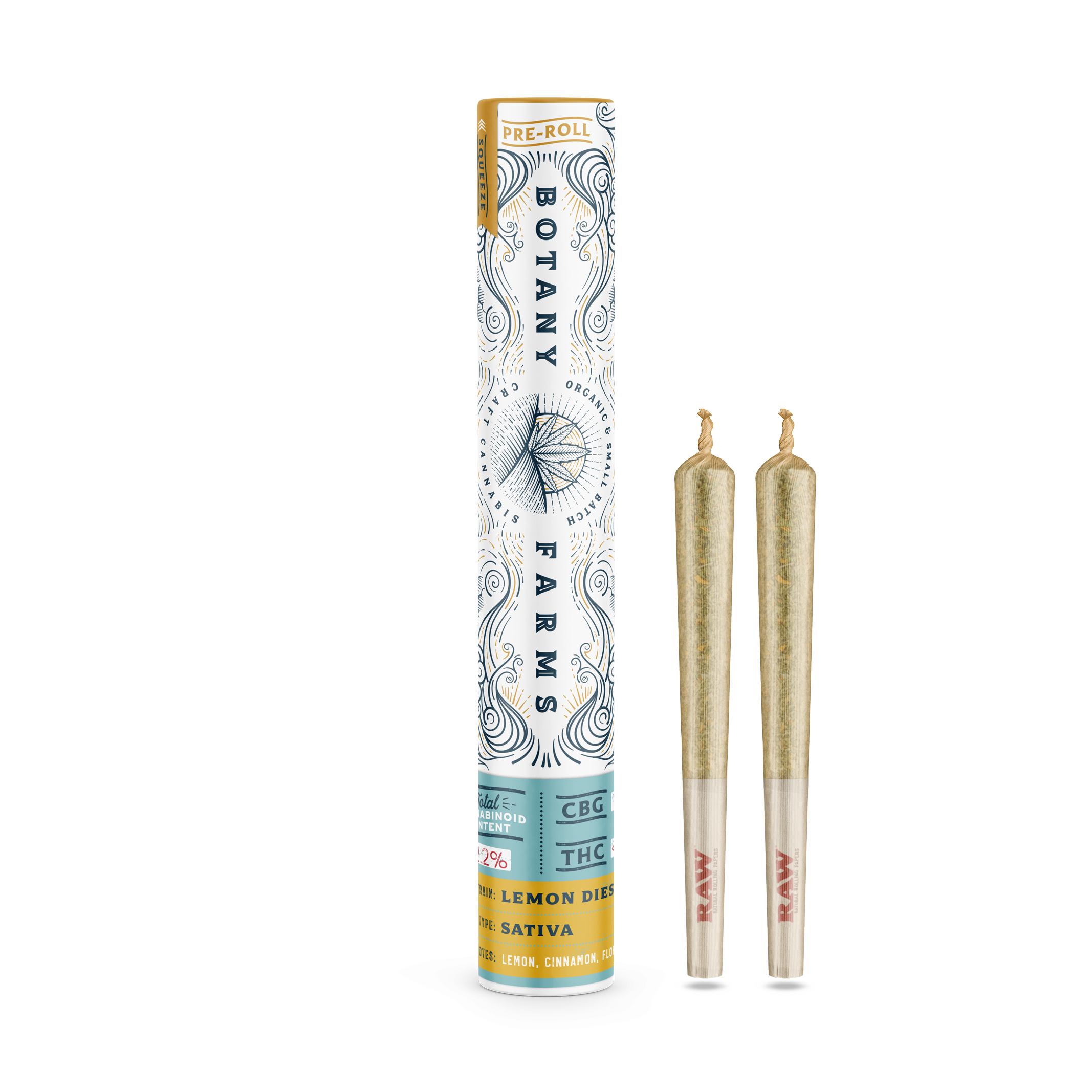You are probably aware of what THC and CBD cannabinoids do in our bodies. Thanks to several studies performed by researchers, most of the products we find on the market have high levels of either one of them to address specific needs.
However, scientists are starting to study other cannabinoids found in cannabis that had once been discovered in order to develop new products that can be even stronger than our usual THC and CBD derivatives. One of them has caught the attention of researchers.
CBGV is a compound related to CBG, and it seems to have several benefits for our health and well-being. Since we know it may be hard to keep up with the many stories about the rare varieties of cannabinoid that exist out there, we have created this article to help you learn about CBGV, its potential benefits, and other important aspects of this cannabinoid.
Key Takeaways
- Cannabigerovarin (CBGV) is a cannabinoid in cannabis that offers several health benefits. It exists in trace amounts in specific strains and is activated by exposure to heat and light.
- CBGV might have painkilling and anti-inflammatory properties, making it potentially beneficial for conditions such as fibromyalgia, arthritis, dry skin, acne, chronic pain, epilepsy, glaucoma, and bladder disorders.
- It does not contain psychoactive properties, making it an attractive option for medical use without the high associated with THC.
- While the law does not specifically address CBGV due to limited research, the 2018 Farm Bill's legalization of hemp and hemp-derived products containing less than 0.3% THC levels legitimizes CBGV, provided it is derived from hemp.
What is CBGV Flower?
Cannabigerovarin, or CBGV, is one of the most useful cannabinoids in cannabis. This cannabinoid is found in small amounts in certain cannabis strains, and it is activated via exposure to heat or light.
Besides providing great benefits to the human body, CBGV plays an important role in the hemp plant, as it contains insecticidal properties. In addition, CBGV enhances plants' resistance to diseases. Normally, cannabis plants from northwest India and Nepal contain higher levels of CBGV.
CBGV Cannabinoid
Our endocannabinoid system has CB1 and CB2 receptor cells to receive stimuli from internal and external agents. CB1 receptors are connected to the peripheral and central nervous systems in humans and mammals, while CB2 receptors are primarily found in our immune system.
For this reason, when cannabinoids such as CBGV interact with these receptors, the processes carried out by the ECS are enhanced. These include appetite, sleep, and physical sensations such as pain, mood, and digestion, which can be significantly improved when consuming products with high levels of cannabinoids.
CBGV Benefits
When it comes to CBGV, plenty of information about the effects of this cannabinoid in our bodies can be found, which has made it possible for many consumers to look for CBGV in their cannabis products. It has been found that CBGV has painkilling and anti-inflammatory properties.
Moreover, it is important to note that CBGV doesn’t contain psychoactive properties. So, you can safely use it for its therapeutic benefits without the risk of intoxication. Given its unique properties and effects, here are some conditions where CBGV might help:
- Dry skin
- Acne
- Chronic pain
- Epilepsy
- Glaucoma
- Bladder disorders
Additionally, CBGV is considered to enhance the cannabinoids, increasing their benefits and effectiveness. As a result, CBD is better absorbed when taken together with CBGV. Moreover, the cellular receptors in the ECS are likely to bind with THC molecules thanks to high levels of CBGV.
CBGV vs. CBG
Also known as “the mother of all cannabinoids," CBG breaks down to form other cannabinoids like THC and CBD. The main cannabinoid acids produced by CBG are CBGA and CBGVA. These are further decarboxylated into other cannabinoids, including CBGV. Since it has a similar structure to CBG, CBGV has virtually the same effects.
However, propyl cannabinoids—compounds with three tails of carbon atoms—have been shown to potentiate the benefits of their counterparts in terms of health benefits. For this reason, high levels of CBGV are key to having strong results from hemp products.
THCV and CBGV
THCV has the same psychoactive properties as THC. However, it delivers a different type of high, which doesn't generate anxiety and wears off quicker.
Thanks to its antioxidant effects, as well as its benefits in managing Alzheimer's, Parkinson's disease and promoting the growth of new bone cells, it is regarded as a potential cannabinoid for medical use. While CBGV interacts more with the CB1 receptor of the ECS, THCV activates the CB2 receptor.
For this reason, some scientists consider that these two cannabinoids can be used together in order to complement each other, enhancing the effectiveness of the treatments.
What is CBGV Flower?
Finding CBGV flower on the market might be difficult owing to restrictions on cannabis. For now, CBG products contain small percentages of CBGV, depending on how the plant was grown and cured.
But as growers continue experimenting, you can bet it won't be long before we have CBGV-rich hemp flower. Meanwhile, you can go with alternative products like Botany Farms’ The White CBG. Enjoy the amazing benefits of this cannabinoid for the body and mind.
CBGV Laws
Currently, the law does not specifically address the use of CBGV due to a lack of research. On the other hand, the 2018 Farm Bill legalized hemp and hemp-derived products as long as they contain less than 0.3% THC levels.
Products with high levels of CBGV are not a problem because they are not psychoactive. With CBG gaining popularity in recent years, it is likely that CBGV may soon be used in the production of oils, concentrates, flowers, topicals, and more.
As cannabis lovers, the many benefits it has for our well-being are just the tip of the iceberg, given the scarcity of studies on novel cannabinoids like CBGV. For this reason, we hope cannabis research grows in order to expand the cannabis market, dismantle old-fashioned misconceptions about the plant, and allow more people to join the community.
